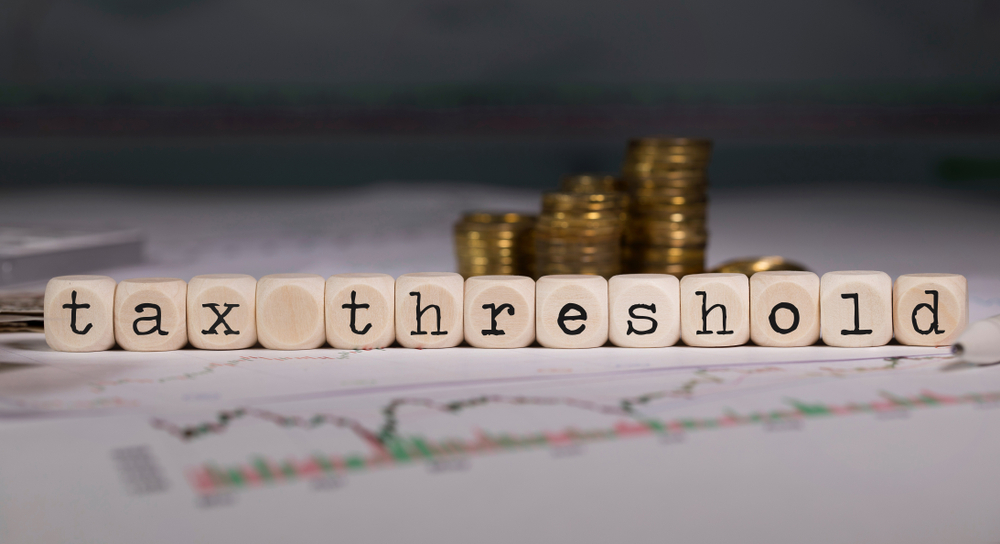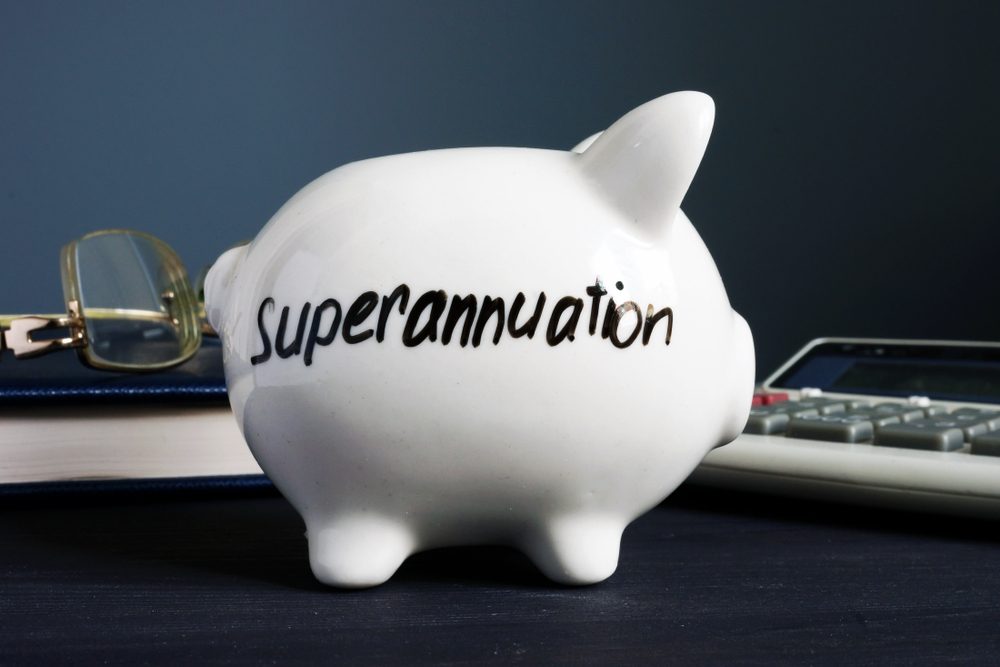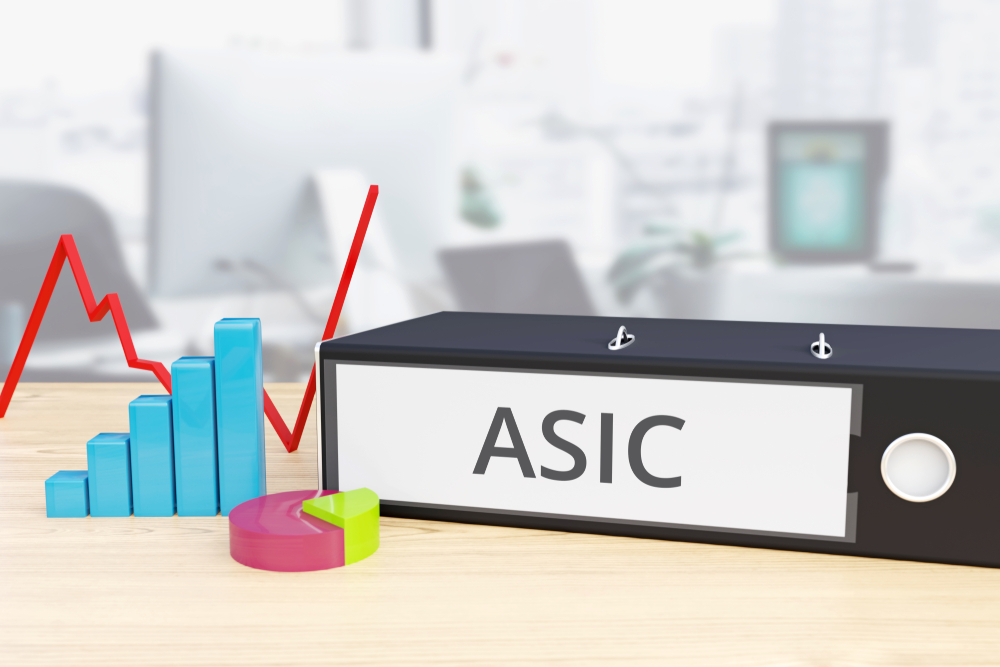As we approach the new financial year, exciting tax changes are on the horizon, offering Australians an opportunity to optimize their superannuation funds—whether they’re SMSF managed by a Perth tax advisor or APRA funds. Effective 1 July, the enhanced concessional super contribution tax limits will potentially help people increase their retirement and reduce their overall tax burden as the same time.
Understanding the various tax avenues available to boost your retirement savings, such as the small business CGT concessions and the downsizer super contributions, is crucial. However, one of the most structured and ongoing tax benefits is the additional concessional super contributions.
Let’s review the primary contribution types and explore how a Perth tax adviser will leverage the expanded caps to tax effectively structure your wealth.
What is a concessional super contribution?
Concessional contributions refer to pre-tax super payments, which can be made personally, as salary sacrifice or as a lump sum tax-deductible contribution. These contributions are subject to an annual tax threshold cap of $27,500.
Importantly, the tax threshold is not hard. However, if you go over that amount, tax law will apply another tax known as the excess concessional contributions tax. The rate of that tax is designed to reverse the tax benefits of the concessional super contributions in full. Further, the tax complexity and administration for handling that tax are so high that most people, including Perth tax accountants, will call it “the cap.”
The concessional superannuation contribution tax cap includes compulsory employer contributions, personal contributions, and employer salary sacrifice contributions (or Reportable Employer Super Contributions). It is important to monitor your contributions carefully to avoid exceeding this limit, particularly for family members with multiple jobs or multiple superannuation funds. Breaching the cap incurs additional taxes.
Concessional contributions are taxed at 15% for individuals earning under $250,000 per year and increase to 30% for those earning more than $250,000 annually.
What is a non-concessional contribution?
Non-concessional superannuation contributions are payments made into your super fund after deducting taxes. The cap for these contributions is four times the concessional contributions cap, currently at $110,000 annually. These contributions offer a tax-efficient means to increase your super balance. Further, you can use (if oyur under 65) the ‘bring forward rule,’ which enables you to contribute up to three years’ worth of non-concessional contributions within a single year, contingent upon your total super balance and other eligibility criteria.
The $110,000 tax threshold a year is also subject to another tax threshold. If your total superannuation balance is more than your general balance cap of $1.9m you cannot make non-concessional contributions.
In that instance, the only way to contribute to super above this amount is a concessional super contribution. You can also make another contribution under the small business capital gains tax concessions and the downsizer contribution.
What is the new tax threshold?

In the 25 financial year, both concessional and non-concessional contribution caps will rise in alignment with average weekly ordinary earnings (AWOTE). The tax concessional cap will increase from $27,500 to $30,000, while the non-concessional cap will increase from $110,000 to $120,000.
These higher tax thresholds allow individuals to inject more funds into their superannuation, potentially reducing their taxable income. Moreover, the bring-forward rule will be adjusted to accommodate these cap modifications.
Why should you make extra super contributions?

If you increase your superannuation fund balance, you almost always enjoy significant tax advantages – and the increased tax caps are another pathway to greater tax structuring benefits.
Asset protection benefits are also available through superannuation funds and self-managed superannuation funds, particularly for business families with high-risk exposure.
If you are making super contributions, you are always thinking about taxation and the investment your super fund will ultimately make when the contribution hits the super fund. So, talking to an investment advisor about how that contribution should be invested is essential. If you lose the invested capital, there is no value in paying less tax.
At Westcourt we are committed to holistic tax advice and collaborating with business families on their chosen investment pathway. So, suppose you are investing through direct property, crypto investments, private loans, your own private family office and through a financial planner. In that case, we will collaborate and work with you to enjoy the best tax outcomes for your own pathway.
What about concessional catch-up super contributions?
Individuals with a super balance under $500,000 (reduced to $300,000 for those under 67) can utilise any unused concessional cap amounts from the previous five years, enabling larger contributions without exceeding the cap. This is a strategic decision to weigh, particularly with the forthcoming Stage 3 tax cuts, which could alter the tax benefits associated with future contributions.
The ATO provides your Perth tax accountant reports of how much each person has available as a concessional catch-up super contribution.
Is this the only change?
The government is introducing a new $3m Super Tax. So, while this is not yet law and is a 2026 tax year consideration, your tax strategy within your super fund should also consider prospectively how you will manage and structure your super fund for this new tax.
Is my TBAR affected?

Your TBAR, or Transfer Balance Account Report, is the maximum amount of money your superannuation fund can put into your pension. Once the money is in the pension phase, the money invested inside your pension can increase (or decrease) independently of the initial TBAR.
So, we have self-managed superannuation funds within the fund with a pension of over $30m even though the initial pension was a much lower TBAR.
The TBAR was increased from 1 July 2023. So, the increase has already happened.
Integrating 50:50 Unit Trusts and Property Development
The tax changes can work well for SMSFs with 50:50 unit trust as they allow investors to contribute more to their super fund tax effectively. This increased amount can then allow SMSFs to derisk their exposure to property developments in the unit trust or fund extra purchases of 50:50 units.
Getting it right

The tax complexity of superannuation funds is increasing, and the ATO control of SMSFs is well known. Understanding the tax structuring and tax opportunities with a superannuation fund is essential for a business family considering their business wealth and succession.
This is where Westcourt has a clear edge. With our laser-sharp focus on business families, commitment to independence, separation of investment advice from tax advice, global network and proven tax excellence, we are a natural choice for families in business seeking to maximise the value from their superannuation fund – so why not call us today?





